Nuclear technology can help Zimbabwe reclaim its status as the breadbasket of southern Africa

Stanford Chiwanga
MENTION the word nuclear and many people think nuclear weapons — they retell stories of the two atomic bombs that were detonated over the Japanese cities of Hiroshima and Nagasaki in August 1945. They remember, with horror, Chernobyl, considered the worst nuclear disaster in history, both in cost and casualties.
The Chernobyl disaster was a nuclear accident that occurred on 26 April 1986 at the No 4 reactor in the Chernobyl Nuclear Power Plant, near the city of Pripyat in the north of the Ukrainian SSR in the Soviet Union. The explosion and core meltdown released considerable airborne radioactive contamination for about nine days that precipitated onto other parts of the USSR and Western Europe.
The USSR built the protective Chernobyl Nuclear Power Plant sarcophagus by December 1986. It reduced the spread of radioactive contamination from the wreckage and protected it from weathering. It also provided radiological protection for the crews of the undamaged reactors at the site, which were restarted in late 1986 and 1987.
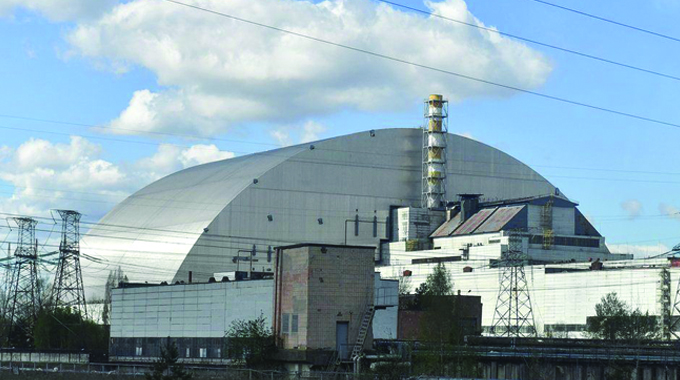
Chernobyl Nuclear Power Plant
Due to the continued deterioration of the sarcophagus, it was further enclosed in 2017 by the Chernobyl New Safe Confinement.
This larger enclosure allows the removal of both the sarcophagus and the reactor debris, while containing the radioactive hazard. Nuclear clean-up is scheduled for completion by 2065.
These nuclear disasters and other nuclear mishaps have seen the bad of radiation getting more media coverage and the good being under reported. The truth is that nuclear applications have done more good than harm to and for humanity.
In agriculture, according to the Food and Agriculture Organisation (FAO, some of the most innovative ways being used to improve agricultural practices involve nuclear technology.
Nuclear applications in agriculture have seen the use of isotopes and radiation techniques to combat pests and diseases, increase crop production, protect land and water resources, ensure food safety and authenticity, and increase livestock production.

FAO and the International Atomic Energy Agency (IAEA) have been expanding knowledge and enhancing capacity in the area of nuclear and agriculture for over 50 years. And the results have led to some major success stories around the world.
Zimbabwe has refused to be left — 10 years ago the Radiation Protection Authority of Zimbabwe (RPAZ) was formed and it is working hard to ensure that the country’s agricultural sector benefits from radiation technology.
Already the country is using nuclear and related technologies to improve livestock productivity and to eradicate tsetse flies, one of the world’s most damaging agricultural pests.
“Zimbabwe has been using the nuclear-derived, sterile insect technique (SIT) to eradicate the Tsetse Fly, one of the world’s most damaging agricultural pests, in the Matusadona areas. The focus is on improving livestock production. This involved collaboration with the International Atomic Energy Agency in the sterilisation of male flies and followed by the tsetse suppression and eradication phases over an area of 1 000km2 in Matusadona.
“SIT is an environmentally friendly method of managing insect pests. The technique involves mass-rearing the insects then sterilising them through ionizing radiation before releasing them back into pest-infested areas. The technique reduces reproduction and suppresses or eradicates established insect pests. It can also prevent the proliferation of invasive species — and is much safer for the environment and human health than applying conventional insecticides,” said RPAZ chief executive Mr Justice Chipuru.
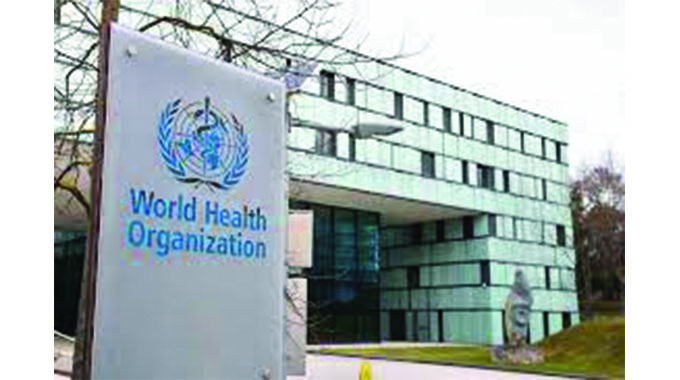
World Health Organization (WHO)
According to RPAZ, radiation technology is key to insect pest management. Mr Chipuru, quoting the World Health Organisation (WHO) and FAO, said nuclear applications eliminate pests — way more effectively than pesticides.
“Agriculture is the backbone of the Zimbabwean economy and there is a need for the development of adequate infrastructure to ensure its continuous development to counter the ever changing climatic and environmental changes. Radiation technologies or nuclear science and technology have also been critical in solving challenges faced by the agricultural sector. These technologies have been used either to improve crop varieties, eliminate pests or to ensure quality products or yields.
“For example, look at the problem posed by tsetse flies. Tsetse flies infest 36 countries and a total area of between nine and 10 million square kilometres in Africa. Throughout this area the disease transmitted by the tsetse fly, trypanosomiasis, has a devastating effect on huge numbers of livestock. About 50 million cattle and tens of millions of small ruminants are at risk from trypanosomiasis.
Direct losses in meat production and milk yield and the costs of programmes that attempt to control trypanosomiasis are estimated to amount to between US$600 million and $1,2 billion each year (FAO, 1994).

USD
“According to the World Health Organisation, more than 60 million people, mainly living in rural areas of sub-Saharan Africa, are at risk of human African trypanosomiasis (HAT), also called sleeping sickness. Some 45 000 new cases were reported in 1999, but this figure does not reflect the real epidemiological situation because surveillance is poor (covering only five to seven percent of the people at risk). The estimated number of infected persons is between 300 000 and 500 000 (WHO, 2000). For an active surveillance programme to be effective, it would have to cover 70 percent of the people at risk which would cost some US$35 million per year, in addition to the annual US$38,5 million needed for drugs to treat 300 000 cases (FAO, 2000).
“If this problem is not addressed vigorously, these losses will undoubtedly increase as the population expands further. The resultant poverty and political instability that will inevitably follow will also increase, thereby, seriously curtailing opportunities for development. Trypanosomiasis is among the most devastating diseases in sub-Saharan Africa and is at the root of poverty, while the tsetse fly is considered to be one of the most serious pest problems in the world today,” said Mr Chipuru.
According to FAO, though hardly imaginable, past nuclear fallouts are actually helping scientists. When it comes to measuring and assessing soil erosion, radioactive nuclides left behind after nuclear events can help scientists determine the health of soils and rate of erosion.
This technique was applied in growing soybeans, once considered a minor crop in Benin. Scientists at the University of Abomey-Calavi and the National Agricultural Research Institute of Benin, working with the Joint FAO/IAEA Centre, introduced a nuclear isotope to the soil to track and monitor soil quality.
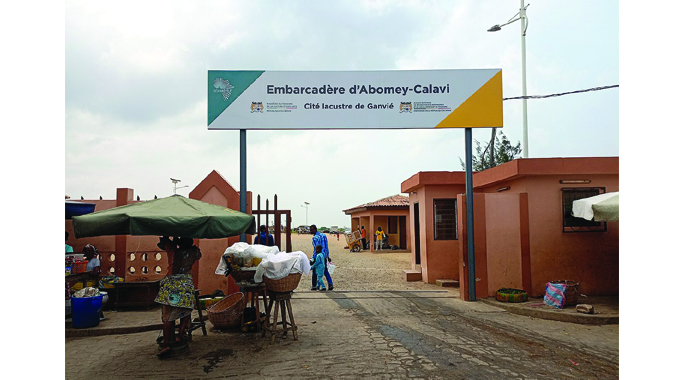
University of Abomey-Calav
They identified the specific bacteria needed to boost field conditions for the soybean in Benin and recommended adding nitrogen-15 stable isotope fertiliser to the soil as well to trace fertiliser uptake and soil health. How efficiently the biofertiliser is used by crops and how much nitrogen the crops capture from the atmosphere is then measured and the fertiliser use adjusted as needed.
Farmers in Benin saw their soybean production increase from 57 000 tonnes in 2009 to 220 000 tonnes in 2019.
The benefits of radiation technology don’t stop with soil management, they extend to food safety and control. FAO states that nuclear techniques can improve food safety and quality control by detecting or eliminating harmful residues and contaminants in food products.
Ionising radiation applied to food, for example, can kill potentially harmful microbes, preventing foodborne illnesses. Food irradiation is used to guarantee trade of fruits and vegetables across quarantine boundaries — a fast-growing commercial application.
With FAO/IAEA support, experts in Vietnam began research on food irradiation in the late 1990s, and the country now hosts 11 facilities. Gamma rays are most commonly used and can treat around one tonne of fruit per hour. In 2020, an average of 200 tonnes of fresh export fruits were irradiated per week in Vietnam using gamma and X-rays.
Climate change has had a negative impact on agriculture, it has reduced crop yields and led to food insecurity. Nuclear energy has proved that it can help increase the crop yield. According to FAO, nuclear technology used in crop breeding can develop improved varieties that better adapt to climate change and help vulnerable countries ensure their food and nutritional security.
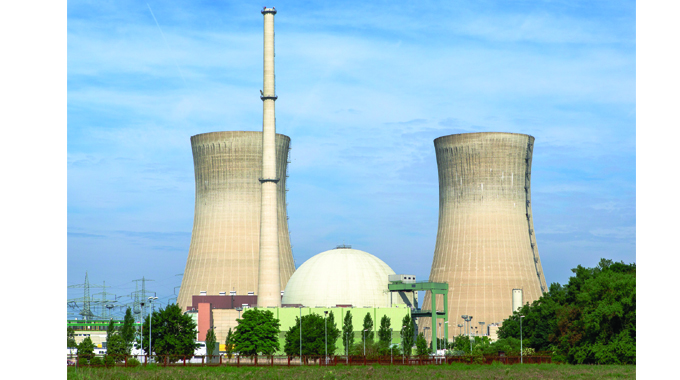
Nuclear Power Plant
Seeds can be irradiated with gamma rays, X-rays, ion or electron beams to initiate genetic changes. This increased diversity allows for a wider selection of genetics for breeding techniques. Resulting crop varieties can have improved yield and quality, tolerance to drought, heat or flooding, better resistance to pests and diseases or shorter growth cycles.
In Sudan, a drought-resistant groundnut variety was developed by the country’s Agricultural Research Corporation and supported by the Joint FAO/IAEA Centre. This groundnut can grow with only 250 millimetres of rain a year compared with traditional varieties that require 350 millimetres.
Its yield is 27 percent higher than traditional varieties, paving the way for Sudan’s return to being a leading groundnut producer, improving food security in the country and helping the economy.
For a country that contends with punishing droughts now and then, Zimbabwe is wise to apply radiation technology to agriculture. At the moment the use of nuclear applications in agriculture is limited to Matusadona, but it is hoped that radiation technology will be extended to farmers throughout the country in order to help Zimbabwe reclaim its status as the bread basket of Southern Africa.


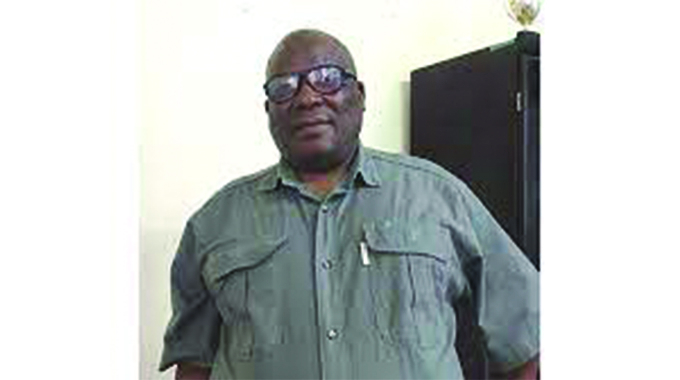







Comments